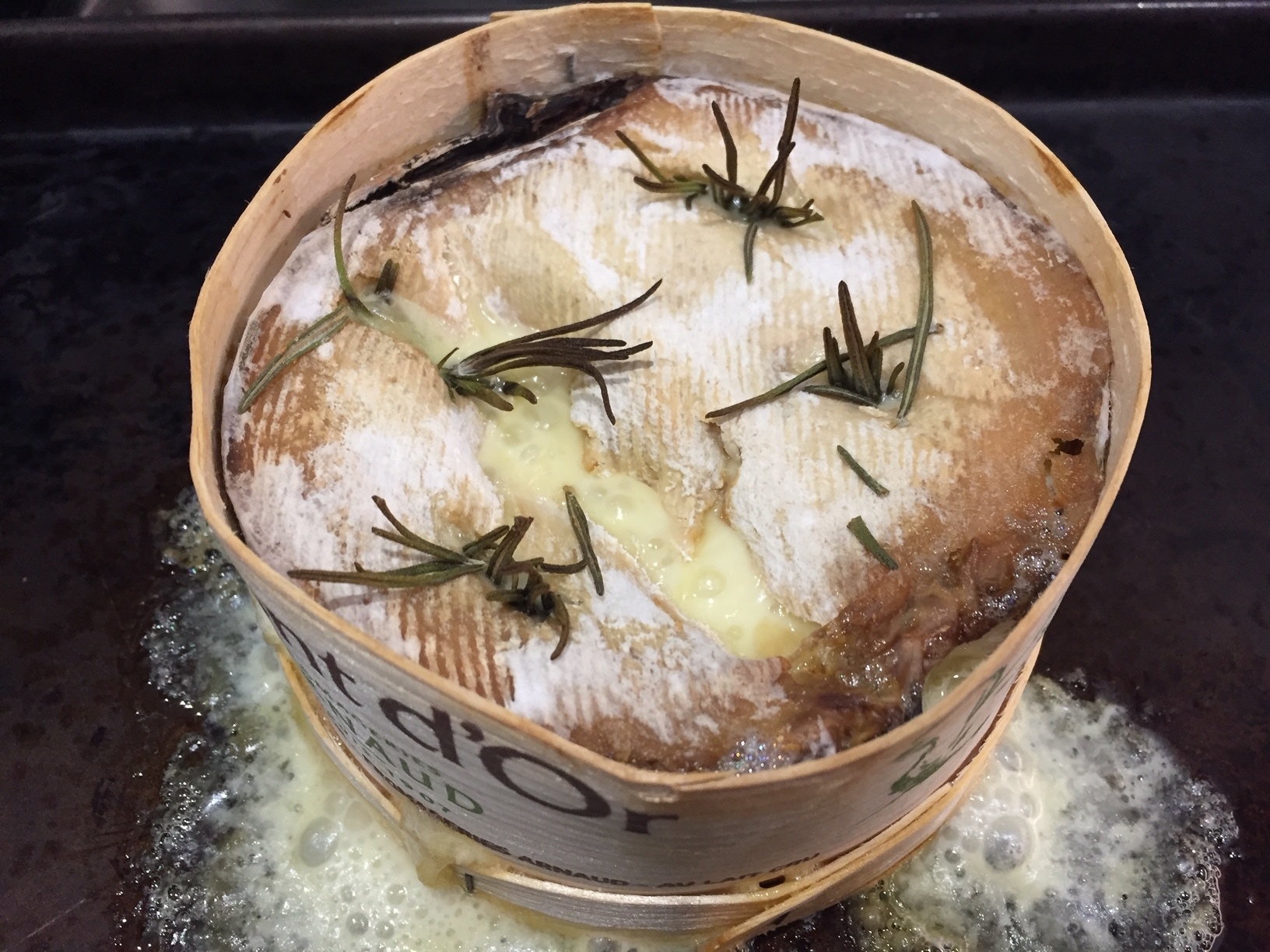Cold nights and warm cheese
It’s Vacherin time! Every October, we get very excited - as you can see! - as we receive our first delivery of this fantastic seasonal cheese. It’s made from the milk of Simmental and Montbeliarde cattle, which in the summer months dine out in high mountain pastures on the French/Swiss border, producing milk that is better suited to hard cheeses like Comté and Gruyère. In the autumn and winter, milk yields are lower, and so are altitudes, as the cattle are brought down to less mountainous grazing.
The name Vacherin is claimed by cheesemakers in both France and Switzerland, straddling the mountainous border in the Jura area. Both versions are delicious, and to be honest they taste very similar and are mostly differentiated by their names: Vacherin du Haut-Doubs in France and Vacherin Mont d’Or in Switzerland. It’s the Swiss one that we usually have, which is unpasteurised and uses traditional (i.e. animal) rennet. Check at time of purchase if these things are important to you, as cheesemakers differ in their approach.
Wherever it comes from, it is made with cow’s milk, and is aged and sold in a special round box made of spruce. This not only looks good, but is the ideal container for baking. Warm the often to 160c or thereabouts, place the cheese (lid off and underneath for extra containment) on a baking tray, and heat it for about 15 minutes. You can take it out early for a firmer result, or leave it in a bit longer for a really runny effort. Just keep an eye on it to make sure it isn’t running away entirely!
Oops, a bit of seepage…
Cookbooks have suggestions for complicated variations like cutting the top rind in a cross, or inserting slivers of garlic, or dribbling with white wine before baking, or (as I often do) for sticking in a few sprigs of herbs such as rosemary. What they don’t say is that any leftover scraps of baked cheese and rind you can scrape out of the box the next morning are particularly delicious…
A good glass of wine to accompany the Vacherin will turn a simple meal into a feast. Our current top recommendations are Château de Belleverne’s Chenas from Beaujolais, just to the north-west, or Stéphane Montez’s Les Hauts du Monteillet, a fantastic, full-bodied northern Rhône blend of Viognier, Clairette, Rousanne and Marsanne.)
Here’s to cold nights and warm cheese!


